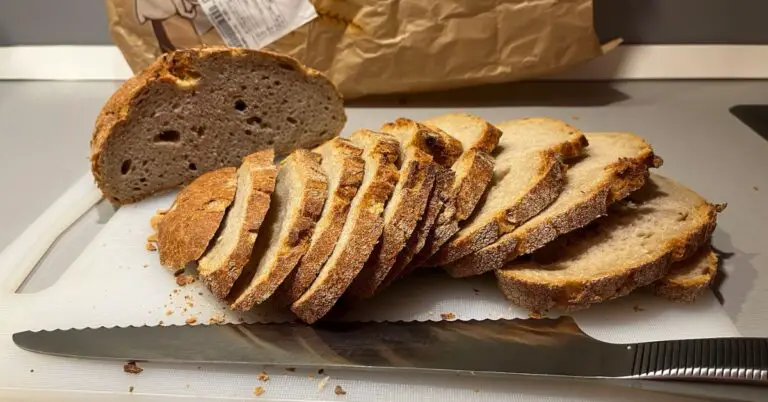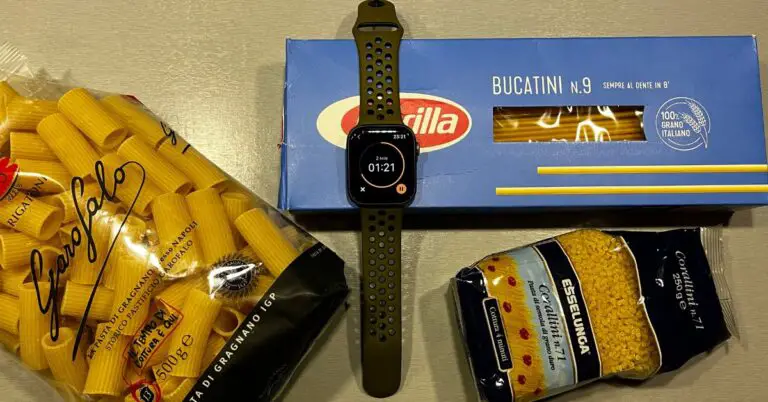Do you wonder if we Italians eat risotto as an appetizer or a starter? To clarify, in Italy, risotto is always consumed as a first course, and it’s never considered a starter or an appetizer.
Key Takeaways:
- Risotto is traditionally consumed as a first course in Italy and not as an appetizer or starter.
- Risotto is made from rice, a cereal, not pasta, and is a distinguished dish of Italian origin, not French.
- There exists a variation, risotto milanese with veal shank, which can be a main course due to the meaty addition.
- Serving risotto as a side dish in authentic Italian cuisine is considered inappropriate.
In essence, risotto takes the place of a traditional pasta dish, cementing its spot as the primary dish to start a meal. Typically, you’d find risotto being served on a flat plate, rich in flavors from its region of origin.
source: www.cookist.it
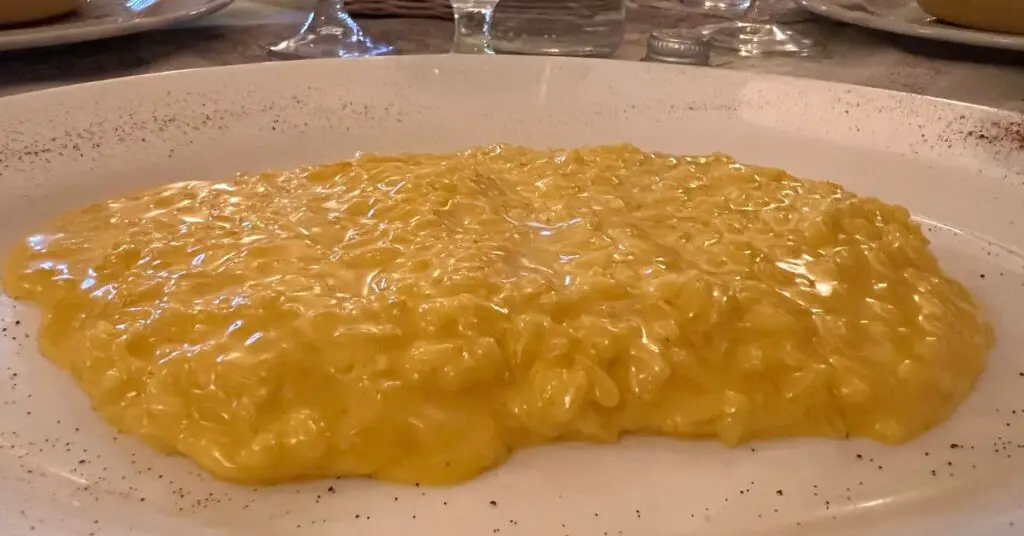
Initially from the Veneto region, risotto has garnered popularity across northern Italy, with various versions now relished throughout the nation, like this risotto with cuttlefish ink typical of Tuscany.
As you can see from the survey data below, conducted both with Italians and Americans, surprisingly the idea that risotto can be an appetizer is not even clear to many Italians.
Views on Having Risotto as an Appetiser or Side Dish
| Response | Italy | USA |
|---|---|---|
| Acceptable | 45% | 61% |
| Unacceptable | 43% | 8% |
| Don’t know | 12% | 31% |
Interestingly, while you wouldn’t find risotto being served as an appetizer in Italy, there’s an exception where it’s served as a main course.
Curious about when risotto becomes a second course? In Milan, Lombardy, a traditional risotto dish takes center stage as the main course. This variant, however, isn’t just about rice; it predominantly features meat, or to be precise, a bone.
Yes, we’re delving into the risotto Milanese paired with Ossobuco. The term “ossobuco” in Italian translates to “bone with a hole,” representing the delectable veal shanks. These are first seared, then slowly braised in a mix of red wine, herbs, and beef stock. The tender meat fibers, enhanced by this cooking method, complement the risotto perfectly.
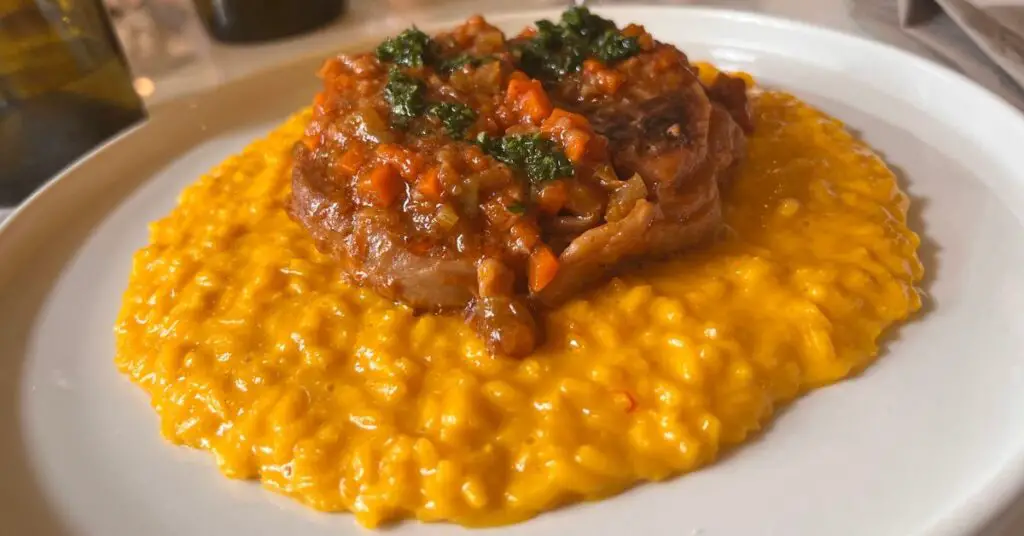
This specific risotto, paired with ossobuco, gets its yellowish tint and unique aroma from saffron. When paired together, they form a sumptuous main or second course due to the generous meat serving. However, this is a rarity; a solo risotto alla Milanese retains its status as a first course.
Risotto Decoded: Is It a French Creation, a Side Dish, or Pasta’s Cousin?
Wondering if risotto can double up as a side dish? Serving risotto as a side dish in Italy’s authentic culinary scene is frowned upon. You’d typically find it listed under first courses, alongside pasta, soups, or stews. If you ever try ordering risotto as a side dish in Italy, expect surprised looks and a separate plate from the main course.
And for the lingering question, is risotto Italian or French? While loved globally, risotto proudly belongs to Italian cuisine, with its creamy consistency setting it apart. So the next time you savor risotto, relish it with the knowledge of its rich Italian legacy!
Lastly, for those often confused: Is risotto rice or pasta? You’d be interested to know that risotto is a rice-based dish, with rice being a globally consumed cereal. This sets it apart from pasta, which is a flour derivative.
One fascinating fact? While risotto is synonymous with Italy today, rice, its primary ingredient, is of Asian origin. Over centuries, rice traveled and underwent numerous transformations before the risotto we love today emerged in Italy.
Where Did Risotto Originate?
In 1853, the first known recipe for “risotto alla milanese” was penned by Giovanni F. Luraschi in his book “Nuovo cuoco milanese economico.” From that point onward, risotto’s fame grew rapidly in Italy, eventually gaining recognition and admiration worldwide.
Delving deeper into risotto’s rich history reveals its roots stretching back centuries, often shrouded in the mysteries of the Middle Ages. While it became an official staple of Italian cuisine around 1900, tales and legends about its origins abound. It’s widely believed that risotto began around the 1500s, primarily as a modest meal in the homes of the lower classes. This might explain the scarcity of records about this beloved dish until the 19th century.
A common misconception is associating risotto solely with Italy, but the main ingredient, rice, is of Asian descent. Ancient civilizations like the Assyrians and Babylonians cultivated rice, not for consumption, but as feed for their livestock. Interestingly, it was the Egyptians who first consumed rice, using it in infusions to create medicinal broths. Until the 1400s, rice was predominantly seen as a therapeutic substance and was commonly sold in apothecaries.
So, how did rice make its way to Italy? Several theories exist. Some believe it was the Venetians, thanks to their extensive trade routes with the East. Others argue it was the Arabs, during their colonization of Sicily (the same Arabs who brought pasta to Italy?), or perhaps the Spanish who introduced it to Naples after their conquest.
Regarding risotto as a distinct dish, its evolution was gradual. For a long time, rice was primarily used in soups. But by the mid-19th century, the Lombardy region began popularizing risotto across northern Italy. Among the variants, the luxurious risotto alla milanese stood out, made with pricey saffron, echoing the medieval use of gold in cuisine.
Related Questions
What is risotto rice or pasta?
Risotto is a dry soup made from rice, seasoned in various ways during cooking. Rice is a cereal, the most widely consumed cereal worldwide. So rice and pasta are two very different things, in that rice is a simple grain while pasta is a flour-based product.
Is risotto Italian or French?
Risotto is a typical first course in Italian cuisine. Its main characteristic is the retention of starch, which, with cooking, gelatinizes binding the grains together into a mixture of creamy consistency. Although very well known and appreciated in France, it still remains a typical Italian dish.
Is risotto Italian or Spanish?
While risotto is Italian, paella is a Spanish rice dish that often raises questions about which country risotto’s origin is. But risotto remains a typical Italian dish very different from Spanish paella, which although cooked with rice does not have the classic creaminess of Italian risotto.
Do Italian eat risotto with a fork or spoon?
It is good to know that according to etiquette, the risotto should be eaten with a fork, picking up the risotto grains using the fork as if it were a spoon. According to good manners, the only dishes that should be eaten with a spoon are liquid soups and stews, while everything else should be eaten with a fork.
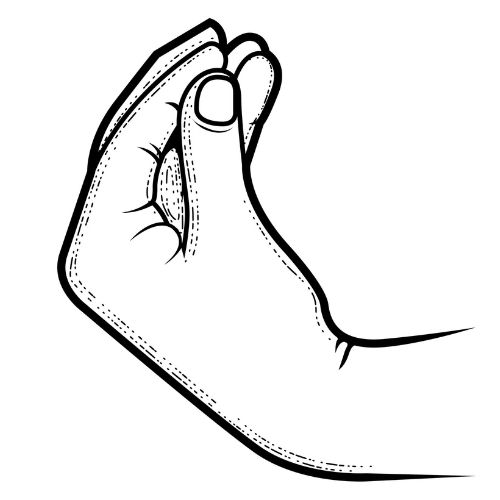
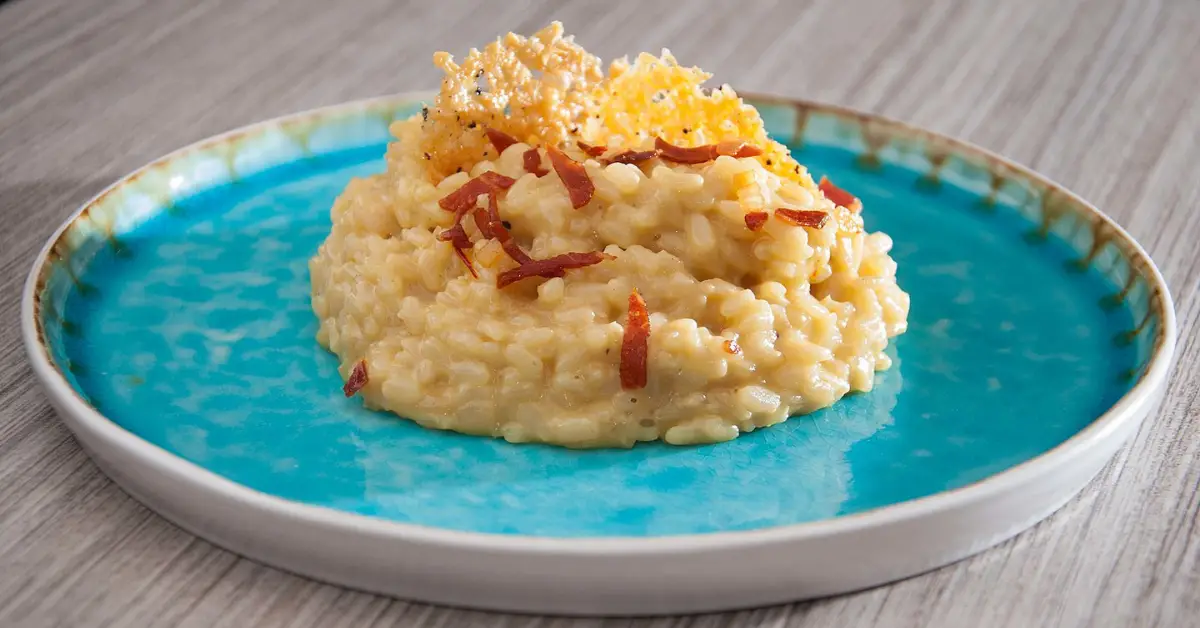
![Why are there so many shapes of pasta? [Taste does change?]](https://whyitalians.com/wp-content/uploads/2023/03/dried-pasta-shapes-768x402.jpg)
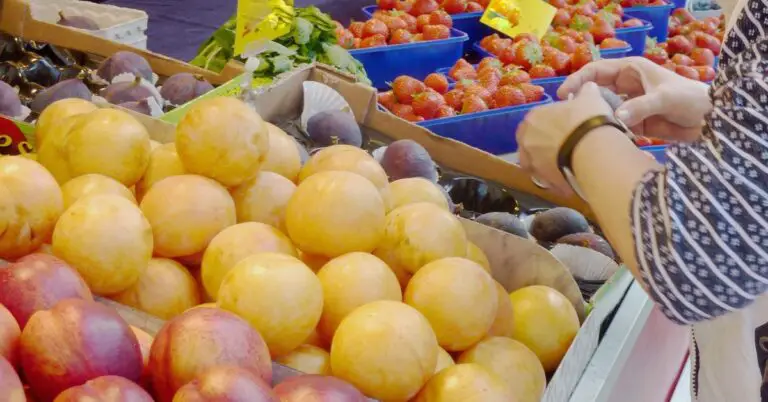
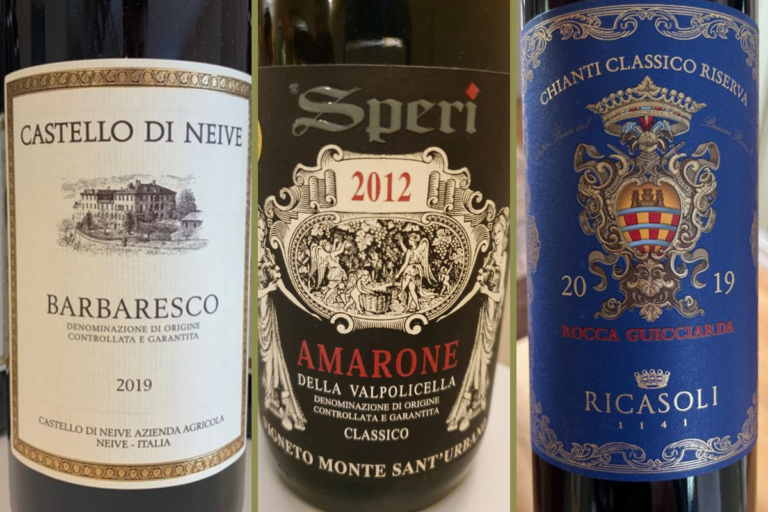
![Butter In Italy [that is why it is rarely used]](https://whyitalians.com/wp-content/uploads/2023/01/butter-in-italy-768x402.jpg)
